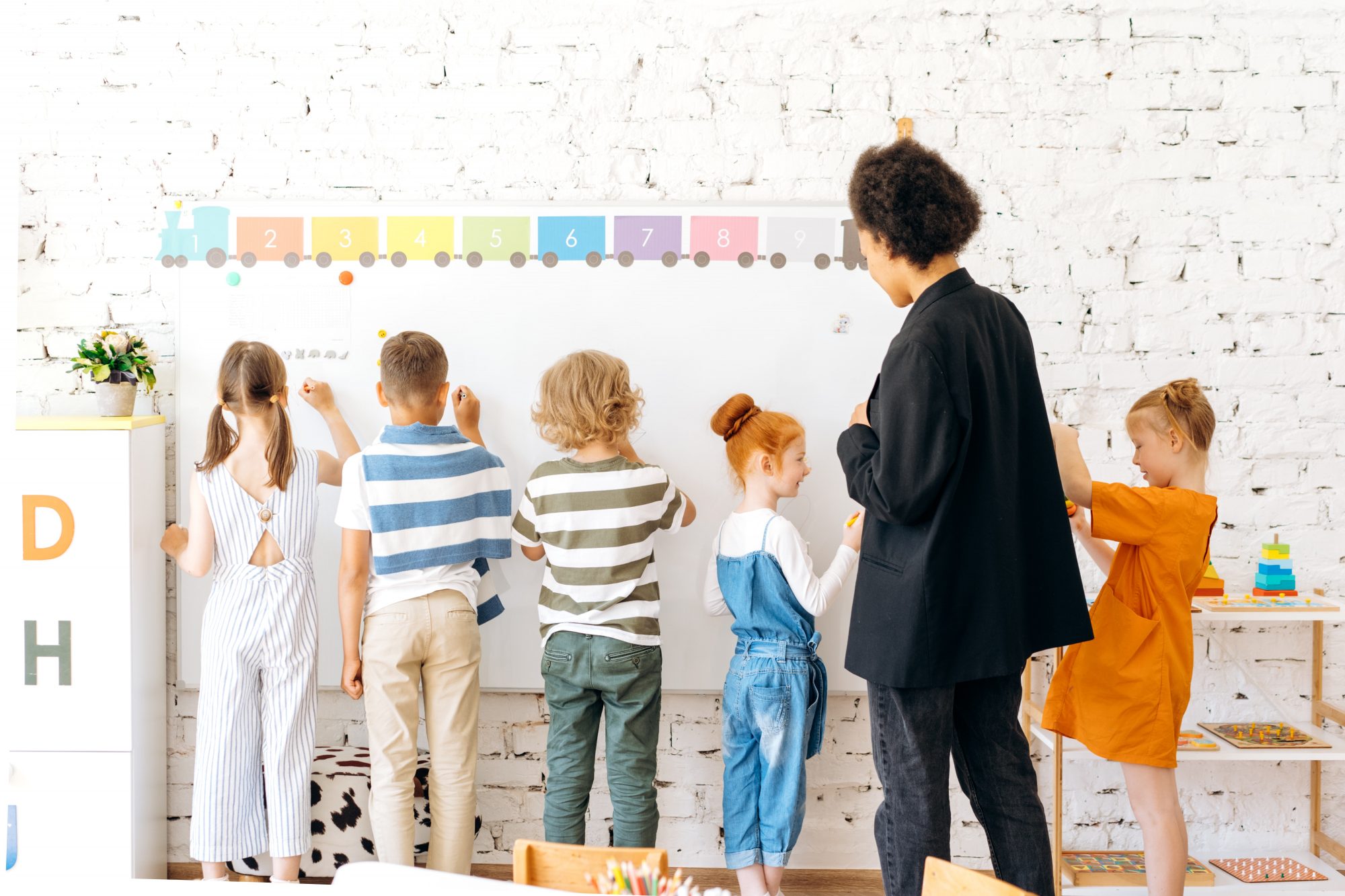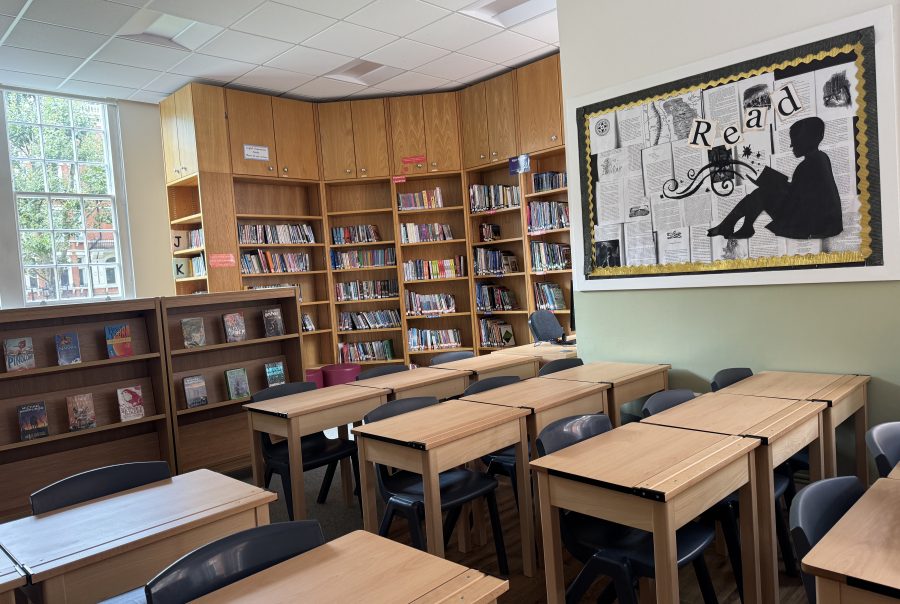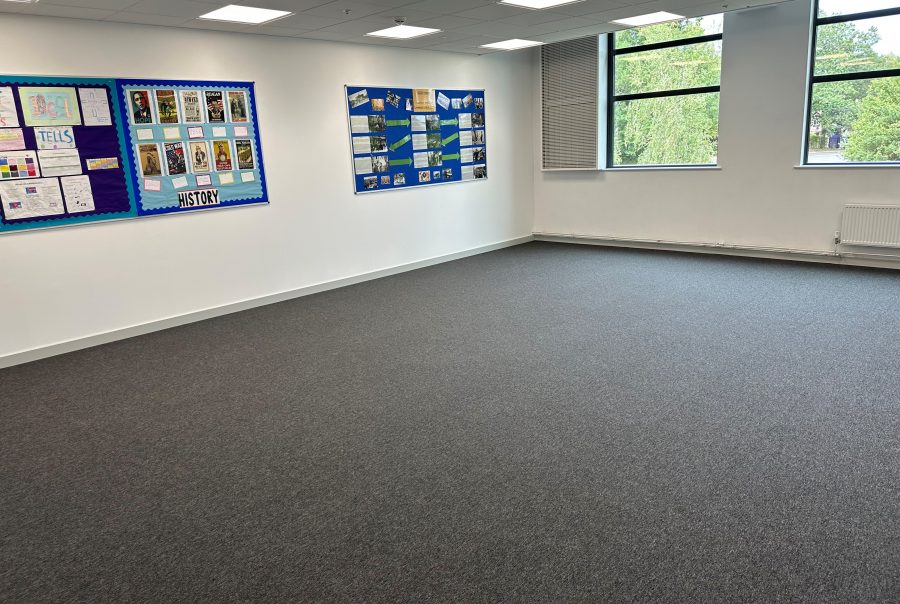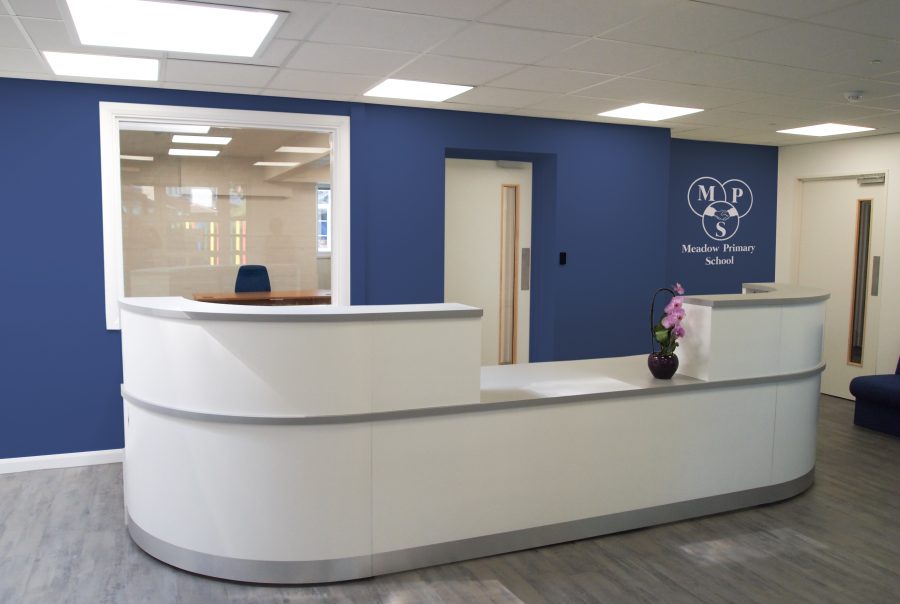As a mother of a child with visual impairment I felt it was only right that I write a blog post.
My daughter has recently received a representative to be ‘her voice’ at school to make sure the setting is right to help ensure that she is not at a huge disadvantage compared to her peers. My daughter is 9 years old and has been finding school life much trickier over the last couple of years. Unlike other disabilities which are more noticeable, she wears glasses and appears just like everyone else in lenses. The difference is she isn’t, her right eye is extremely severe with very poor vison and her left eye has reduced vision compared to most. She was born with many issues regarding her eyes and does extremely well considering the severity
This got me thinking that with my expertise and knowledge of the building trade this post might be useful to those who are unaware of how they can help. From school employees, parents, friends and family members.
What to think about when designing spaces for pupils with special educational needs and disabilities
- Sensory elements – Control over lighting, acoustics, materials and textures
- Health & well-being – The placement of appropriate toilets, showers and hygiene facilities throughout. Frequency, location and accessibility are vital.
- Safety – The space needs to be unobstructed so pupils can move freely and independently
- Zones- Factoring in calm, quiet areas for those who need it. May include therapy and sensory rooms.
- Access to the outdoors – Outdoor learning is vital with the growing increase of technology. In the design world the idea of ‘bringing the outside in’ creates a calm and relaxing space. Schools have adopted the idea of having sheltered canopies with play equipment, messy play, sensory gardens. Protecting the pupils from the adverse weather but still allowing them the fresh air.

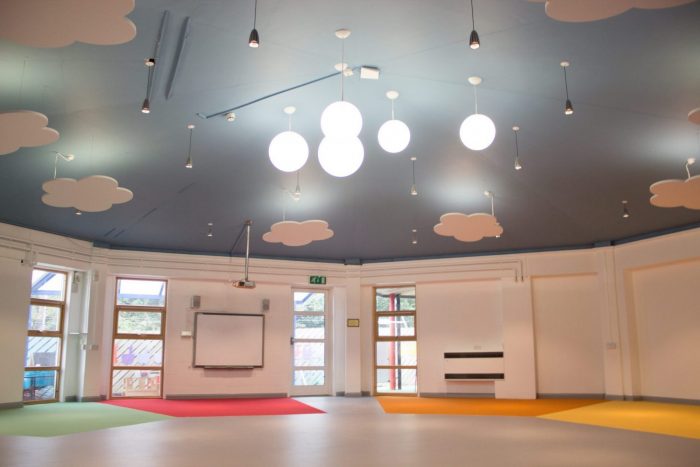
What is SEN?
SEN– ‘Special educational need ‘A child has SEN if he (or she) has a learning difficulty which calls for special educational provision to be made for him (or her).’ Section 312 of the Education Act 1996
Disability– ‘A disabled person is someone who has a physical or mental impairment which has a substantial and long-term adverse effect on his or her ability to carry out normal day-to-day activities.’ Disability Discrimination Act 1995 NB A child may be covered by both the SEN and DDA definitions.
The main types of SEN-
Cognition & learning difficulties
Behaviour, emotional & social development
Communication & interaction- speech, language & communication needs, Autistic-spectrum disorder
Sensory and/or physical – Hearing impairment, Visual impairment, multi-sensory impairment & physical disability
As taken from the governments website ‘Almost a fifth of children in Britain are identified as having special educational needs (SEN). It is estimated that around 7 per cent of children are disabled and a significant number of children have both SEN and a disability1. Most children with SEN and disabilities are educated in mainstream schools. Around only one per cent of the total school population is educated in special schools’.
How we can help!
https://cidstudy.space/what-we-do-refurbishment-fit-out/
Our design team offer advice on identifying current legislation and regulations.
We are up to date with all the latest technologies. Including learning aids, fittings, lighting, heating, ventilation and acoustics, communications and services.
We can help with space planning and space saving, including guidance on different types of furniture and storage. We will consider how big an area is, the shape, proportion. Recommending materials, finishes and design schemes. Bringing the ideas to the life with architect drawings, design renders, mood boards and presentations.
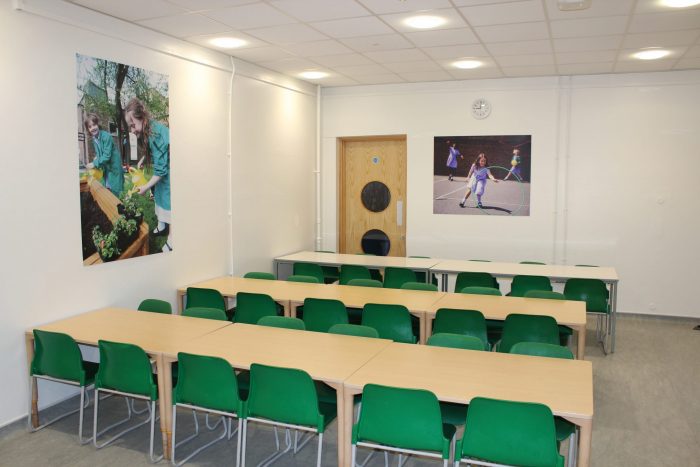
sustainable classroom


